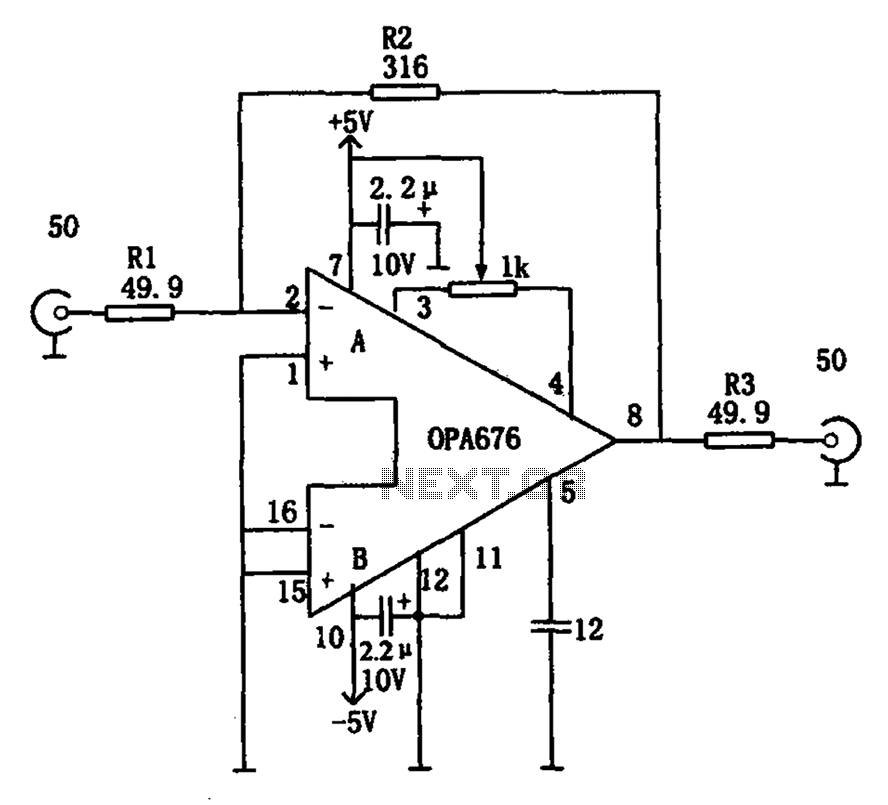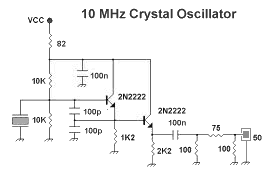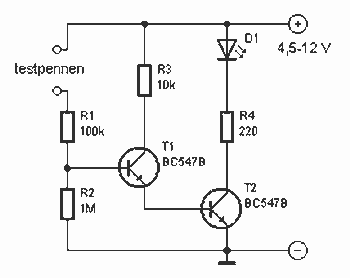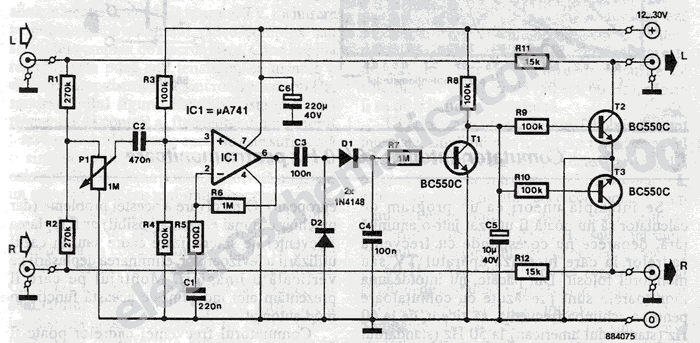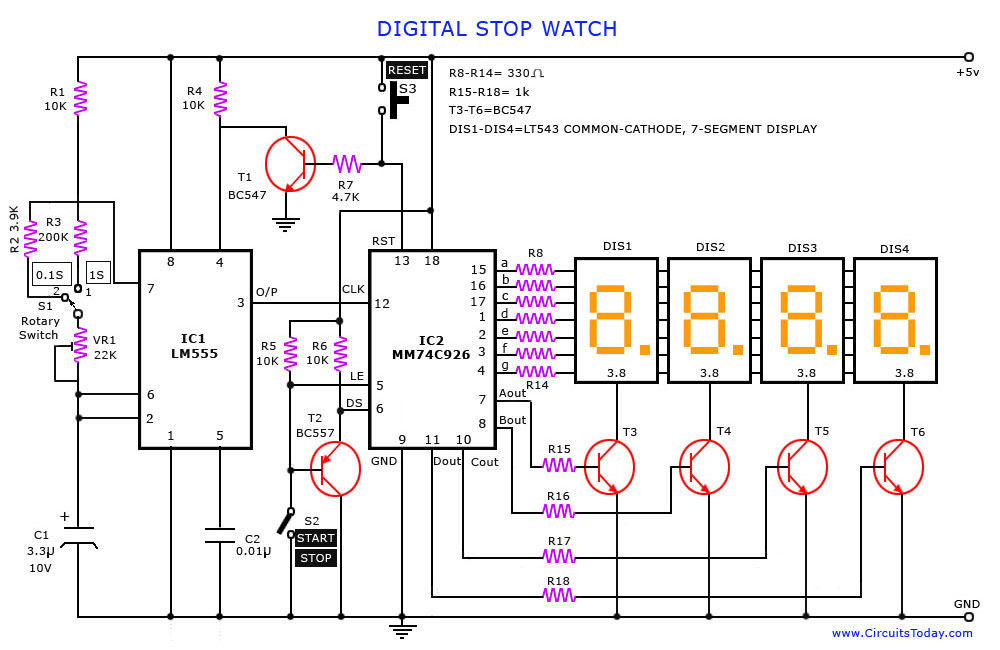
amplify voltage and build microphone circuit
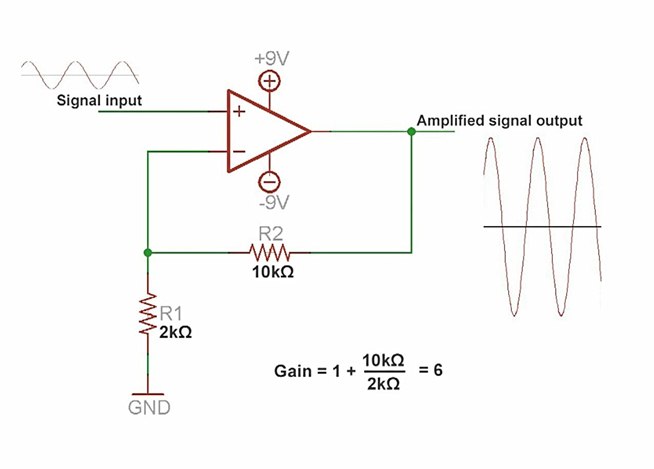
An amplifier is a device that increases the voltage in a circuit. The simplest type is an operational amplifier, and this video will demonstrate how these devices function and how to implement them in electronic applications. As an example, you will learn how to create a microphone circuit for monitoring sounds or listening to your heartbeat. Circuit Diagram.
An operational amplifier (op-amp) is a high-gain voltage amplifier with differential inputs and typically a single-ended output. It is widely used in various applications, including signal conditioning, filtering, and mathematical operations. The fundamental characteristics of an op-amp include high input impedance, low output impedance, and the ability to amplify small voltage differences between its input terminals.
In the context of creating a microphone circuit, the op-amp can be employed to amplify the low-level audio signals captured by a microphone. The basic configuration involves connecting the microphone to the non-inverting input of the op-amp, while the inverting input is connected to a feedback resistor network that determines the gain of the amplifier.
A typical microphone circuit using an op-amp may include the following components:
1. **Microphone**: A condenser or dynamic microphone that converts sound waves into electrical signals.
2. **Op-Amp**: An operational amplifier configured in a non-inverting configuration for voltage gain.
3. **Resistors**: Feedback and gain-setting resistors that control the amplification factor.
4. **Power Supply**: A dual power supply (positive and negative) is often required to allow the op-amp to output both positive and negative voltage swings.
5. **Capacitor**: A coupling capacitor may be added to block DC components while allowing AC signals (audio) to pass through.
The circuit diagram for this microphone amplifier would illustrate the connections between these components, indicating the input from the microphone to the op-amp, the feedback loop created by resistors, and the output which can be fed into further processing stages, such as additional amplification or audio processing circuits.
This configuration not only amplifies the audio signals for better clarity and volume but also allows for the integration of additional features, such as filtering unwanted noise or integrating with digital systems for audio analysis. Proper attention to component selection and circuit layout is essential to minimize noise and distortion in the amplified signal.An amplifier is something that amplified the voltage on a circuit. The most basic kind is an operational amplifier, and this video will show you how these work and how to use them in your electronics. As an example you`ll learn how to make a microphone circuit for spying on people or listening to your heartbeat.
Circuit Diagram.. 🔗 External reference
An operational amplifier (op-amp) is a high-gain voltage amplifier with differential inputs and typically a single-ended output. It is widely used in various applications, including signal conditioning, filtering, and mathematical operations. The fundamental characteristics of an op-amp include high input impedance, low output impedance, and the ability to amplify small voltage differences between its input terminals.
In the context of creating a microphone circuit, the op-amp can be employed to amplify the low-level audio signals captured by a microphone. The basic configuration involves connecting the microphone to the non-inverting input of the op-amp, while the inverting input is connected to a feedback resistor network that determines the gain of the amplifier.
A typical microphone circuit using an op-amp may include the following components:
1. **Microphone**: A condenser or dynamic microphone that converts sound waves into electrical signals.
2. **Op-Amp**: An operational amplifier configured in a non-inverting configuration for voltage gain.
3. **Resistors**: Feedback and gain-setting resistors that control the amplification factor.
4. **Power Supply**: A dual power supply (positive and negative) is often required to allow the op-amp to output both positive and negative voltage swings.
5. **Capacitor**: A coupling capacitor may be added to block DC components while allowing AC signals (audio) to pass through.
The circuit diagram for this microphone amplifier would illustrate the connections between these components, indicating the input from the microphone to the op-amp, the feedback loop created by resistors, and the output which can be fed into further processing stages, such as additional amplification or audio processing circuits.
This configuration not only amplifies the audio signals for better clarity and volume but also allows for the integration of additional features, such as filtering unwanted noise or integrating with digital systems for audio analysis. Proper attention to component selection and circuit layout is essential to minimize noise and distortion in the amplified signal.An amplifier is something that amplified the voltage on a circuit. The most basic kind is an operational amplifier, and this video will show you how these work and how to use them in your electronics. As an example you`ll learn how to make a microphone circuit for spying on people or listening to your heartbeat.
Circuit Diagram.. 🔗 External reference
